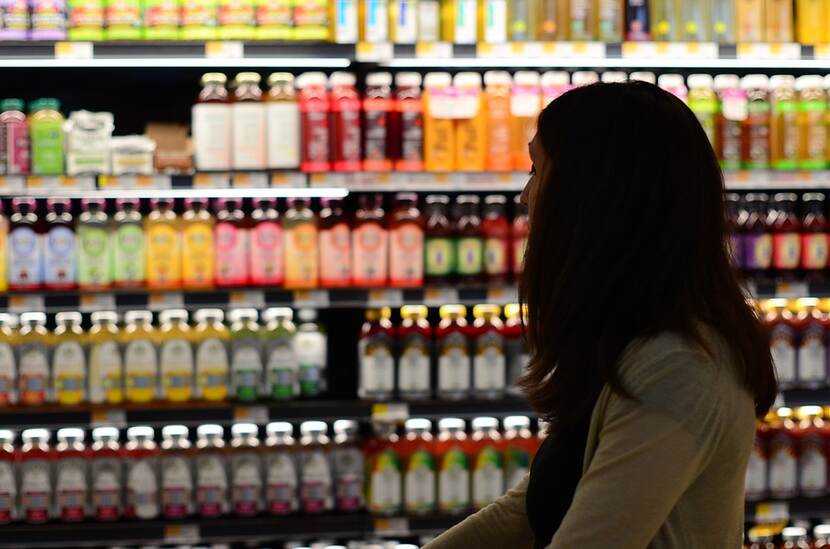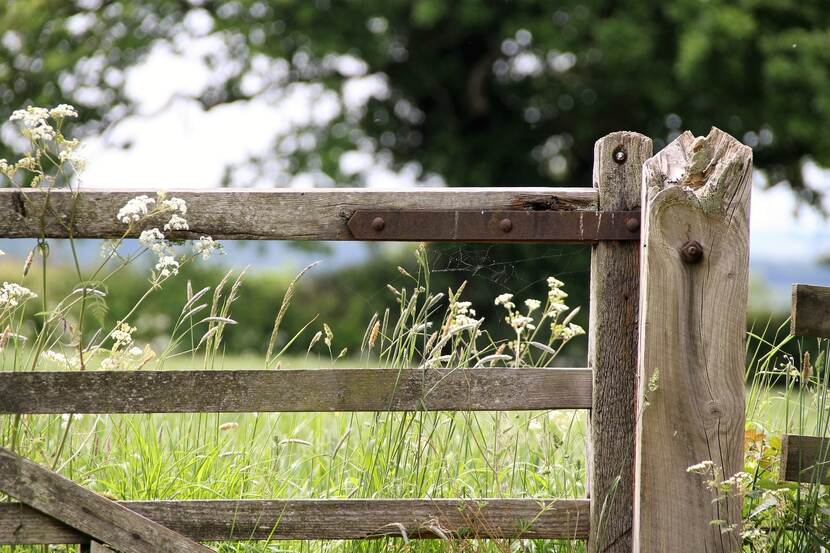Hungary Newsflash Week 50
Restaurants in crisis, foreign trade news, food price changes, land cost trends, vertical farming innovation - The week in Hungarian agriculture

Food price increase further decelerates
Based on the latest data by the Central Statistical Office (KSH), mean food prices had increased by 6.2% in a year by November. While the price increase persists, it also continues to decelerate – It was 0.2% lower last month than in October. The main factor behind food inflation continues to be the price increase of fruits and vegetables but the high prices of consumer meat products (sausages and luncheons) also stands out in the November data.
Seasonal produce prices (potatoes, fresh domestic vegetables, domestic and imported tropical fruits) increased by 14.4% in a year. The price inflation figure for sausages and luncheon meats is 12.6%, for sunflower oil it is 11.5%, for flour and sugar 10.5% and 10.4% respectively and 9.7% for workplace catering. Tobacco and alcohol products are 6.6% more expensive.
The main factors slowing down price inflation in November were the lower price increase of services and the decrease of transport-related costs. Automotive fuel is now 3.2% cheaper.
Land prices doubled in a decade
According to new research by the Takarék Jelzálogbank financial institute, the prices for agricultural land doubled in Hungary in the 2010s decade. The price increase trend slowed between 2011 and 2014, however with the amendment to the land act in 2014 and the introduction of stricter criteria for land acquisition, prices started to climb again. This trend slowed by the last years of the decade. In 2019, the nominal price increase was 8.1% and in 2020, it was 5.7%. (The values adjusted for inflation are 5.2% and 2.2%, respectively.) Overall, the nominal land price increase by the end of the decade was 151%, and the adjusted price increase was 106%. The increase in prices was highest in the Southern Transdanubia region in South-Western Hungary, while the lowest was observed in Central Hungary.
There are differences in the increase of prices based on various types of land. Grasslands and pastures saw the steepest climb in prices over the last year (11.8%), while arable land prices increased by 6.2%. Forests and woodlands were 3.4% more expensive while the prices of vineyards stagnated or declined. The study also adds that analysts are not expecting price decreases in the near future, even in the case of a potentially serious economic recession due to the pandemic.
HORECA sector dissatisfied with measures
Many stakeholders in the restaurant and catering business think that the government’s relief measures to the sector have been insufficient, reports the news portal HVG based on interviews with anonymous restaurant owners. „It’s better than nothing but it’s not enough,” commented László Kovács, the president of the domestic alliance of catering companies.
Restaurant owners complain that salaries will only be subsidized in December, and for the 50% subsidy they would have to keep their staff employed without income. Furthermore, they complain that the administrative requirements for the subsidy are overly complicated, the conditions are unrealistic, and the bureaucracy is slow and cumbersome. “I’m only entitled to the subsidy if I’m still paying my employees full salaries out of my zero income, but when the state will send me the money is unclear,” said an anonymous restaurant owner.
The government announced the HORECA relief package among other economic measures on November 9. We reported on this subsidy package here.

Hungary’s foreign trade affected by the crisis
The COVID-19 pandemic, not surprisingly, left a dent in Hungary’s foreign trade figures this year. Domestic export declined by 1.5%, import by 6.8% compared to last year, and in October, export had further declined by 2.5% since the previous month, while import stagnated. Overall, in October, Hungary’s import was worth €9.131 billion while the country’s export was €10.27 billion. 77% of the total export, and 71% of the import was from trade with other EU27 states.
The decline in October’s trade figures was probably tempered by the generally good performance of the domestic industries – Hungary’s industrial production volume was nominally 0.6% higher in October than in the previous year. Adjusting for the number of work days, the figures look even better. The adjusted real value of Hungary’s industrial production growth in October was 2.7% compared to last year and 2.8% compared to September.
What do agro business leaders check on their smartphones?
The advisor institution AgroStratégia published a new market study on the current trends of information gathering and decision-making in Hungarian agro businesses. The survey-based quantitative study measured, among others, business leaders’ habits.
On the topic of ICT infrastructure usage, the study found that the usage of desktop PCs in agribusinesses is declining (66% used them in 2016 and 57% in 2020), while the usage of GPS devices and portable PCs are the same, around 39% and 60%, respectively. The usage of smartphones is steadily rising (From 61% in 2016 to 84% in 2020). Business leaders also use online banking more often. The dominant media platform for Hungarian agro business decision makers remains Facebook (43% checks in daily, 14% do multiple times a week), while 19% reported having visited YouTube daily. The figure is 11% for Instagram and merely 1% for LinkedIn. Interestingly, 9% visited LinkedIn less frequently than multiple times a month, and 84% does not even use it – Which means that Facebook, and to a lesser extent, YouTube are the primary platforms of communication, information and networking for Hungarian agro business leaders, and new information will still sooner reach them on Instagram than on LinkedIn.
Hungarian innovation in vertical farming
The Hungarian start-up bedrock.farm, supported by K&H Bank’s Start it incubator, is developing a new, automated, environmentally friendly, vertical, indoors plant farming system for the purpose of creating a vegetable production method that can function all around the year without weather vulnerabilities. The motivation for their development was the global issue of arable soil degradation and the need for sustainable supplementary or alternative methods to field crop cultivation. Bence Balázs, one of the founders told news portal Agrárszektor that the advantages of their system also includes a cost reduction on logistics. “Practically, we are making the product locally, also sparing the environment because as opposed to traditional methods, our system uses less water and does not require plant protection materials or fertilizers.”
According to co-founder Endre Szűcs, in order to ensure continuous high quality production, the system relies on unified, integrated systems, using sensor data to maintain controlled environments specifically tailored to plants’ individual requirements. The system maintains 3.5 m2 productive surface per 1 m2 of land area.